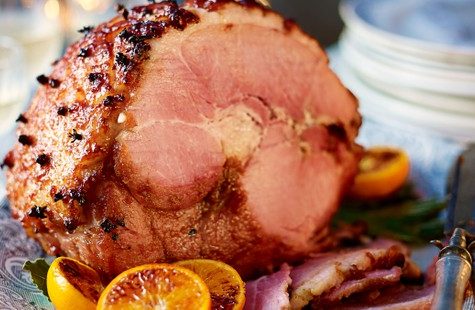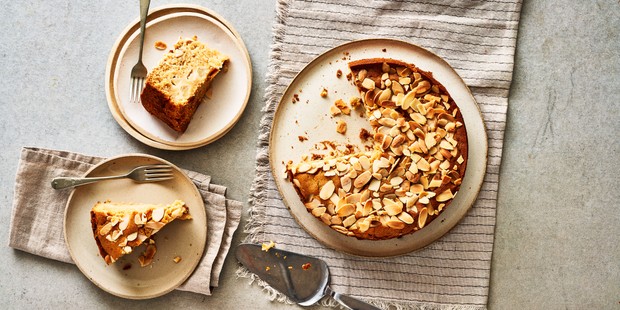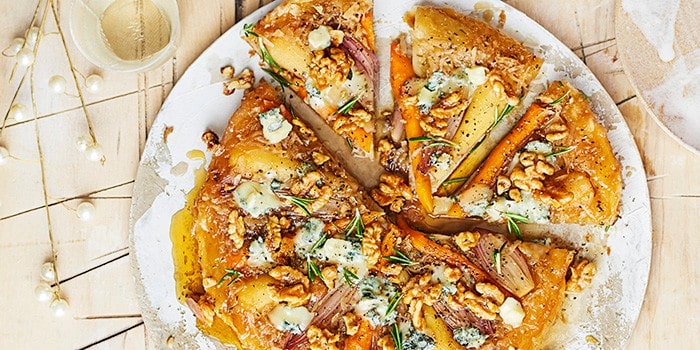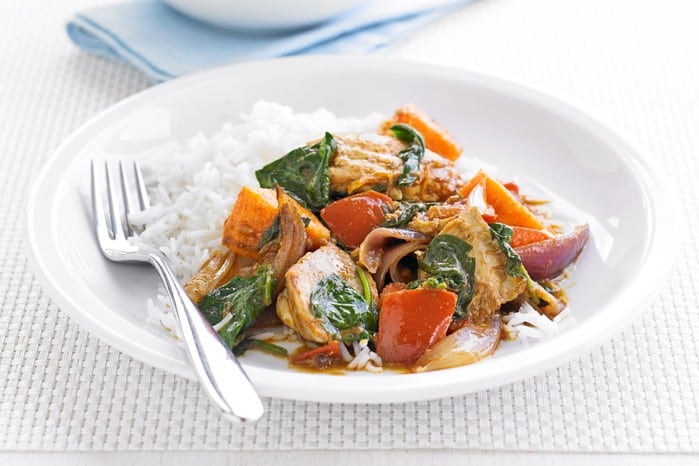As so many families in the UK prepare to welcome Ukrainian refugees, food from Eastern Europe acquires a new significance. It becomes not only a means of sustenance but also a language through which to let people, fleeing the horrors of war, know that they’re welcomed and that they have a new home. It’s a way to show that we care and that their stories matter.
When someone loses their home and their land, food becomes a lifeline. We all know the power of food to comfort us during the dark times, to make us feel connected and like we belong to a community. I hope these recipes will help create a sense of home away from home, to offer comfort and a sense of togetherness.
The first dish on the menu would have to be Bortsch, the quintessential dish of Ukrainian cuisine and a real food for the soul. It varies, seasonally and regionally, but this classic version by Olia Hercules will appeal to everyone.
Cabbage is a key ingredient in Ukrainian recipes and while many may see this as proof of the age-old stereotype of bland and boring Eastern European cuisine, there are, in fact, many vibrant dishes that this humble vegetable lends itself to. Try substituting the mayo for good quality unrefined sunflower oil in this recipe, then add some dill and a sprinkling of toasted sunflower seeds.
Beetroot and mushrooms are staple ingredients in Ukrainian cuisine, and this recipe from Olia Hercules marries the two perfectly.
While this isn’t one of the most traditional recipes, it features many flavours that would be familiar to a Ukrainian palate. Beetroot, sour cream, caraway – you can also add some horseradish, garlic and chopped dill into the soured cream to make a delicious dip.
Dumplings are a comfort food all over the world and particularly in Eastern Europe. Known as pierogi in Poland, they’re called varenyky in Ukraine. They can be filled with savoury and sweet stuffings, which range from mashed potatoes and sauerkraut, to sweet curd cheese and fresh berries. Enjoy with a big dollop of soured cream.
Ukrainian cabbage rolls, holubtsi, are a real staple alongside Bortsch and dumplings, and are usually made with mince beef, rice and/or mushrooms, and served in a creamy tomato sauce. Although this recipe doesn’t have Eastern European origins, it might be an interesting one to serve as it offers a different take on classic holubtsi.
The combination of stewed cabbage and smoked sausage in this Polish dish would be familiar to the Ukrainian palate, and offers a source of comfort evoking the flavours of home.
The inimitable tang of Eastern European cuisine comes from the abundant use of fermented produce like sauerkraut. Rich in fruit and vegetables, Ukraine has a generous harvest at the end of each summer, the results of which can be preserved (fermented) for the colder months. Fermented cabbage, aka sauerkraut, can be eaten on its own with a drizzle of good quality sunflower oil, used in soups and stews, or in slaw-style salads.
Oladky is the name for Ukrainian fluffy pancakes. While these are usually made without beetroot, this recipe offers an interesting twist on a familiar dish. And the addition of beetroot is always welcome on an Eastern European plate.
Alternatively, try the classic version with these perfect pancakes. These pancakes, known as mlyntsi in Ukrainian, are a staple. They can be enjoyed with both sweet and savoury toppings but no matter what you do, make sure to smother them in butter.
Since the start of the #CookforUkraine campaign in 24 Feb 2022, Alissa Timoshkina has been using the language of food to raise awareness and funds for the humanitarian crisis unfolding in Ukraine right now. Alissa has teamed up with Ukrainian chef, writer and activist, Olia Hercules, and the formidable team behind #CookforSyria to create a global movement to celebrate the food of Ukraine while providing much-needed humanitarian help via the UNICEF Emergency Relief Fund.
















